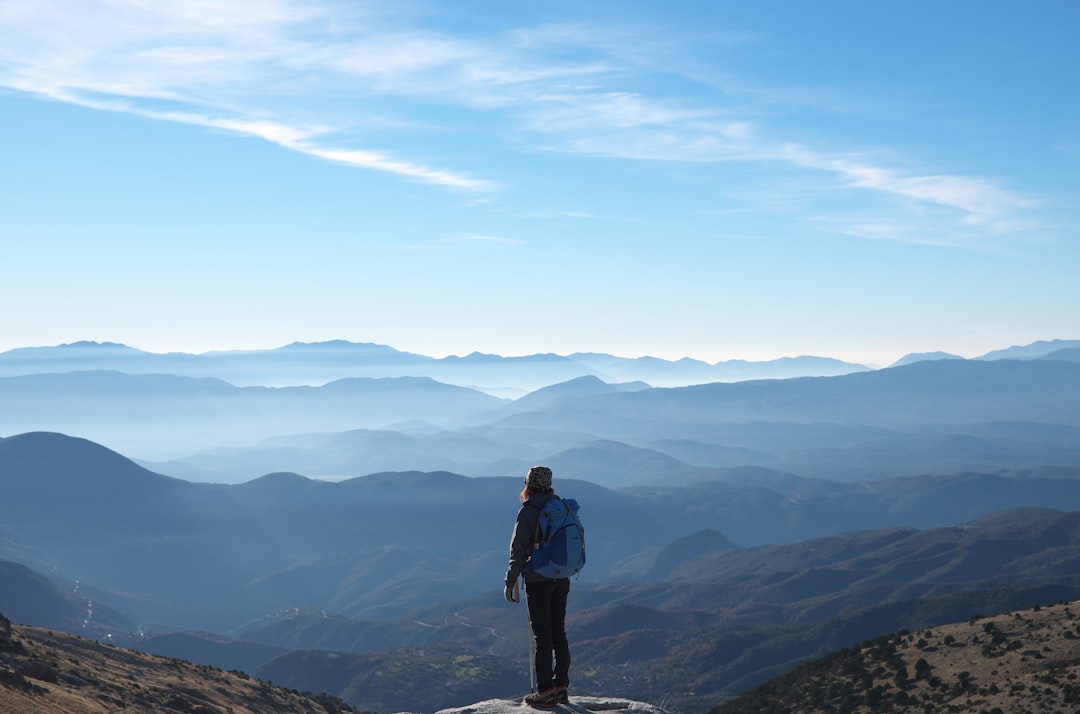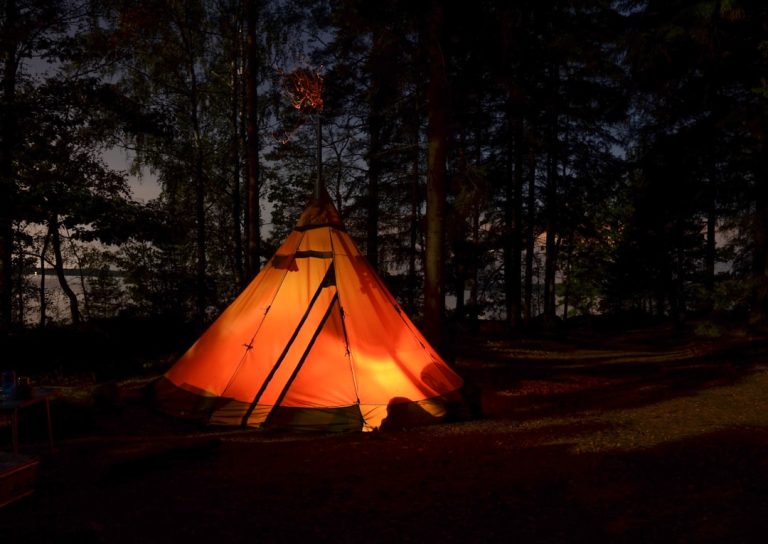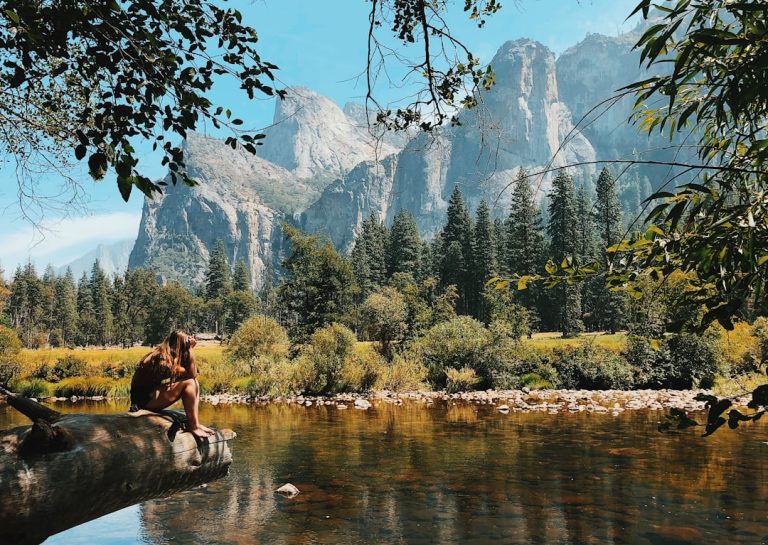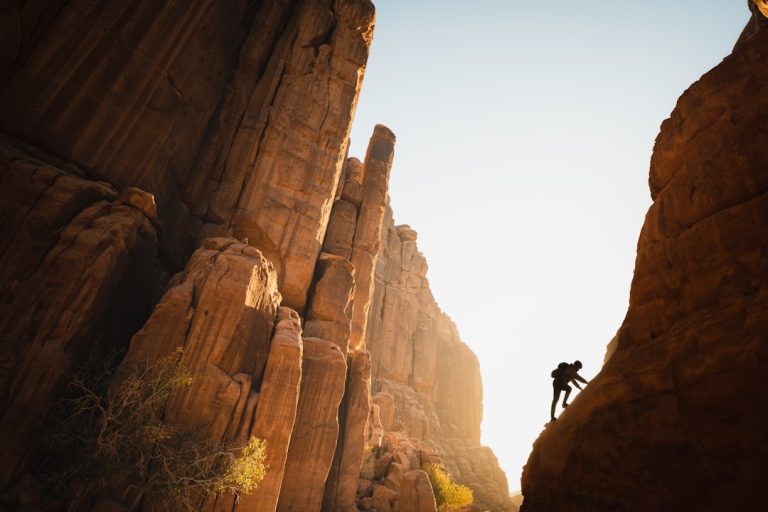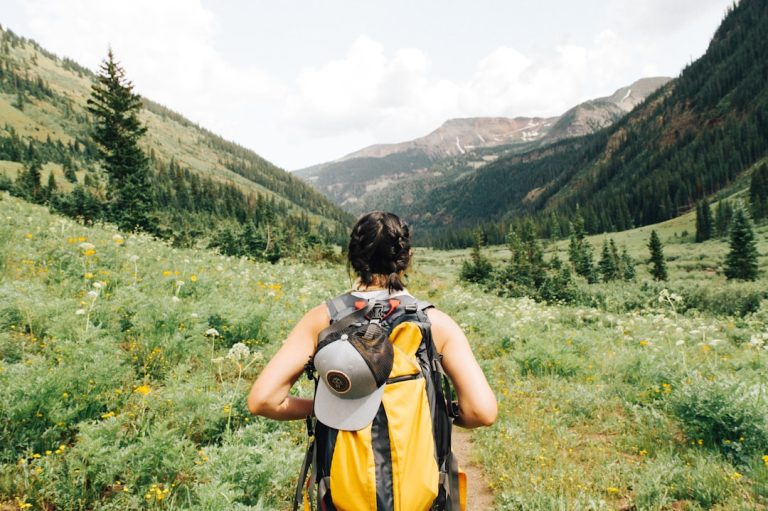The Unconventional Hiking Guide: Embracing the Trails Less Traveled
When most people think of hiking, images of iconic national parks, crowded trails, and scenic viewpoints come to mind. However, for those who seek a different kind of adventure, there exists a world of lesser-known trails that offer solitude, discovery, and a fresh perspective on the natural world.
Imagine wandering through a forest where your only companions are the whispering trees and chirping birds. This is the allure of unconventional hiking, where the journey is about finding paths that are not marked on the map, discovering the raw beauty of nature untouched by human footprints.
Embarking on such a journey requires a shift in mindset. Forget about reaching the peak as the ultimate goal; instead, let the experience itself be your reward. Each step taken on these trails becomes a story, a moment of connection with the earth that doesn’t revolve around ticking a box on a list of must-see places.
To start your unconventional hiking adventure, begin with research. Delve into local resources, speak with seasoned hikers, or even engage with online communities dedicated to exploring the unexplored. These networks are treasure troves of hidden gems that aren’t advertised in glossy travel magazines. Armed with tips and insights, you’re ready to lace up your boots and hit the trail.
But wait, how does one ensure safety while exploring the unknown? Preparation is key. Always inform someone of your plans, pack essential gear such as a compass, map, sufficient water, and emergency supplies. Trust your instincts; if a trail feels unsafe, it’s okay to turn back. Remember, this is about enjoying the journey, not about taking unnecessary risks.
Unconventional hiking offers more than just an escape from the mundane; it presents a chance to practice mindfulness. Without the distraction of bustling crowds or noisy tour guides, your senses become attuned to the subtleties of the wilderness. The crunch of leaves underfoot, the scent of pine in the air, the intricate dance of light and shadow on the forest floor—all these details become more vivid.
For those concerned about the environmental impact of hiking, this approach can also be a way to engage in eco-friendly travel. Lesser-known trails are often less worn, reducing the impact of foot traffic on the landscape. Additionally, embracing the Leave No Trace principles ensures that these natural havens remain pristine for future adventurers.
Finally, unconventional hiking fosters a deeper connection to the landscapes we traverse. Each hike becomes a personal story, a narrative that intertwines with the terrain itself. It’s about understanding the land’s history, respecting its flora and fauna, and recognizing our place within the greater ecosystem.
In conclusion, stepping off the beaten path offers more than just physical exercise; it’s a journey of self-discovery, environmental stewardship, and personal growth. So, the next time you crave an adventure, consider the road less traveled—it might just lead you to unexpected wonders.

